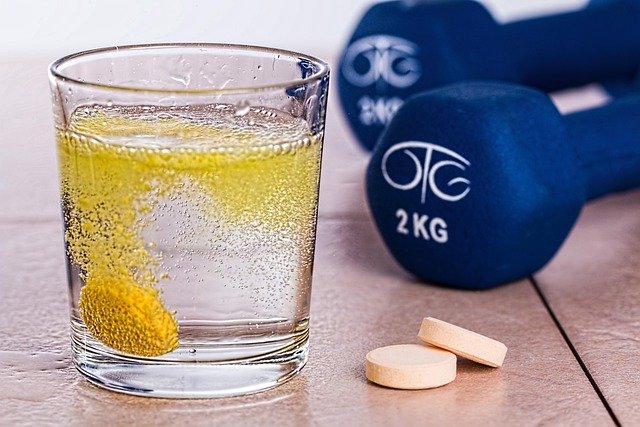Simple activity patterns to boost long-term vitality
Adopting simple, repeatable activity patterns can support long-term vitality by improving energy, mobility, and overall wellness. Small, consistent habits—like short movement breaks, steady hydration, and prioritizing restorative sleep—accumulate over months and years to influence metabolism, digestion, immunity, and stress resilience.

Hydration: how does it support energy and digestion?
Regular hydration helps maintain blood volume, supports nutrient transport, and assists digestion through efficient enzyme and acid balance. Aim for steady fluid intake throughout the day rather than consuming large amounts all at once; paired with electrolytes from food, this approach supports metabolic processes and helps prevent energy dips. Simple patterns include a glass of water upon waking, a sip before each meal to aid digestion, and small amounts of fluid during activity. Adjust hydration to climate, activity level, and individual needs to protect cognitive function and immune performance.
Nutrition: what patterns sustain metabolism and immunity?
Consistent eating patterns that prioritize whole foods, adequate protein, fiber, and healthy fats support steady energy and a resilient immune response. Balanced meals spaced to match your daily routine help maintain stable blood sugar and steady metabolic signaling. Focus on vegetables, legumes, whole grains, lean proteins, and sources of omega-3 fats; include fermented or fiber-rich foods to support digestion and the microbiome. Meal timing that aligns with sleep-wake cycles and activity can influence metabolism and recovery without requiring extreme restriction or complicated rules.
Sleep: how does rest aid recovery and stress control?
Regular sleep schedules and prioritizing restorative sleep promote recovery, cognitive performance, and hormonal balance. Consistent bed and wake times support circadian rhythms that regulate metabolism, appetite, and immune function. Nighttime routines that reduce screen exposure, moderate evening stimulants like caffeine, and create a calm environment can lower stress and enhance deep sleep phases crucial for tissue repair. Even modest improvements—shorter sleep latency or an extra 20–30 minutes on some nights—can compound into better daytime energy and resilience.
Activity: what movement patterns boost mobility and metabolism?
Daily activity patterns that combine moderate aerobic movement, strength maintenance, and short mobility sessions support long-term function. Instead of infrequent intense sessions, integrate frequent movement breaks: brief walks, bodyweight sets, or stair climbs spread across the day. Strength work two to three times weekly helps preserve muscle mass and metabolic rate, while short mobility routines—joint circles, hip and shoulder openers—preserve range of motion. These patterns improve energy expenditure, reduce stiffness that impairs digestion and breathing, and maintain independence over time.
Recovery: how to balance training, recovery, and immunity?
Recovery practices ensure activity contributes to long-term vitality rather than chronic strain. Include deliberate rest days, active recovery (light walking or mobility), and practices like controlled breathing to modulate stress responses. Proper post-exercise nutrition—protein and carbohydrates within a few hours—and attention to sleep quality support muscle repair and immune function. Monitoring perceived exertion, mood, and sleep can help you adjust training loads before fatigue or illness appears. Recovery also includes social and mental-rest strategies that reduce chronic stress and protect overall wellness.
Mobility: how does mobility work affect digestion and overall wellness?
Mobility work helps maintain joint health and movement economy, which supports daily activities and lowers injury risk. Improved posture and spinal mobility can positively influence breathing patterns and abdominal comfort, supporting digestion. Short, consistent routines—ten to fifteen minutes focusing on hips, thoracic spine, and shoulders—integrated into morning or evening habits help sustain activity levels. Mobility also plays a role in maintaining independence and reducing the metabolic cost of movement as people age, contributing to steady energy and better long-term wellness.
Conclusion
Simple, consistent activity patterns that combine hydration, balanced nutrition, good sleep, varied movement, and deliberate recovery form a practical framework for long-term vitality. Rather than seeking immediate transformations, focus on small, repeatable behaviors that support metabolism, immunity, digestion, mobility, and stress management. Over months and years, those patterns promote more reliable energy, functional movement, and overall wellness without elaborate programs.
This article is for informational purposes only and should not be considered medical advice. Please consult a qualified healthcare professional for personalized guidance and treatment.





